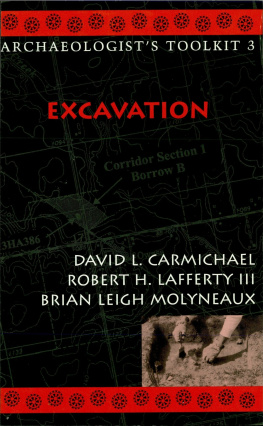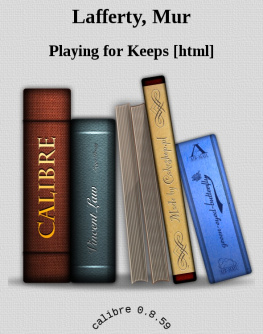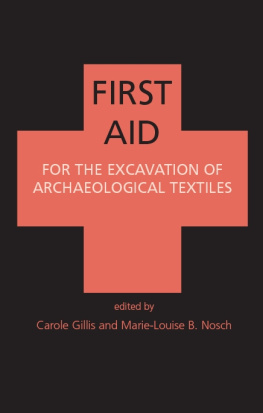Molyneaux Brian Leigh.Lafferty Robert H. - Excavation
Here you can read online Molyneaux Brian Leigh.Lafferty Robert H. - Excavation full text of the book (entire story) in english for free. Download pdf and epub, get meaning, cover and reviews about this ebook. year: 2013, publisher: AltaMira Press, genre: Politics. Description of the work, (preface) as well as reviews are available. Best literature library LitArk.com created for fans of good reading and offers a wide selection of genres:
Romance novel
Science fiction
Adventure
Detective
Science
History
Home and family
Prose
Art
Politics
Computer
Non-fiction
Religion
Business
Children
Humor
Choose a favorite category and find really read worthwhile books. Enjoy immersion in the world of imagination, feel the emotions of the characters or learn something new for yourself, make an fascinating discovery.
- Book:Excavation
- Author:
- Publisher:AltaMira Press
- Genre:
- Year:2013
- Rating:3 / 5
- Favourites:Add to favourites
- Your mark:
- 60
- 1
- 2
- 3
- 4
- 5
Excavation: summary, description and annotation
We offer to read an annotation, description, summary or preface (depends on what the author of the book "Excavation" wrote himself). If you haven't found the necessary information about the book — write in the comments, we will try to find it.
Excavation — read online for free the complete book (whole text) full work
Below is the text of the book, divided by pages. System saving the place of the last page read, allows you to conveniently read the book "Excavation" online for free, without having to search again every time where you left off. Put a bookmark, and you can go to the page where you finished reading at any time.
Font size:
Interval:
Bookmark:
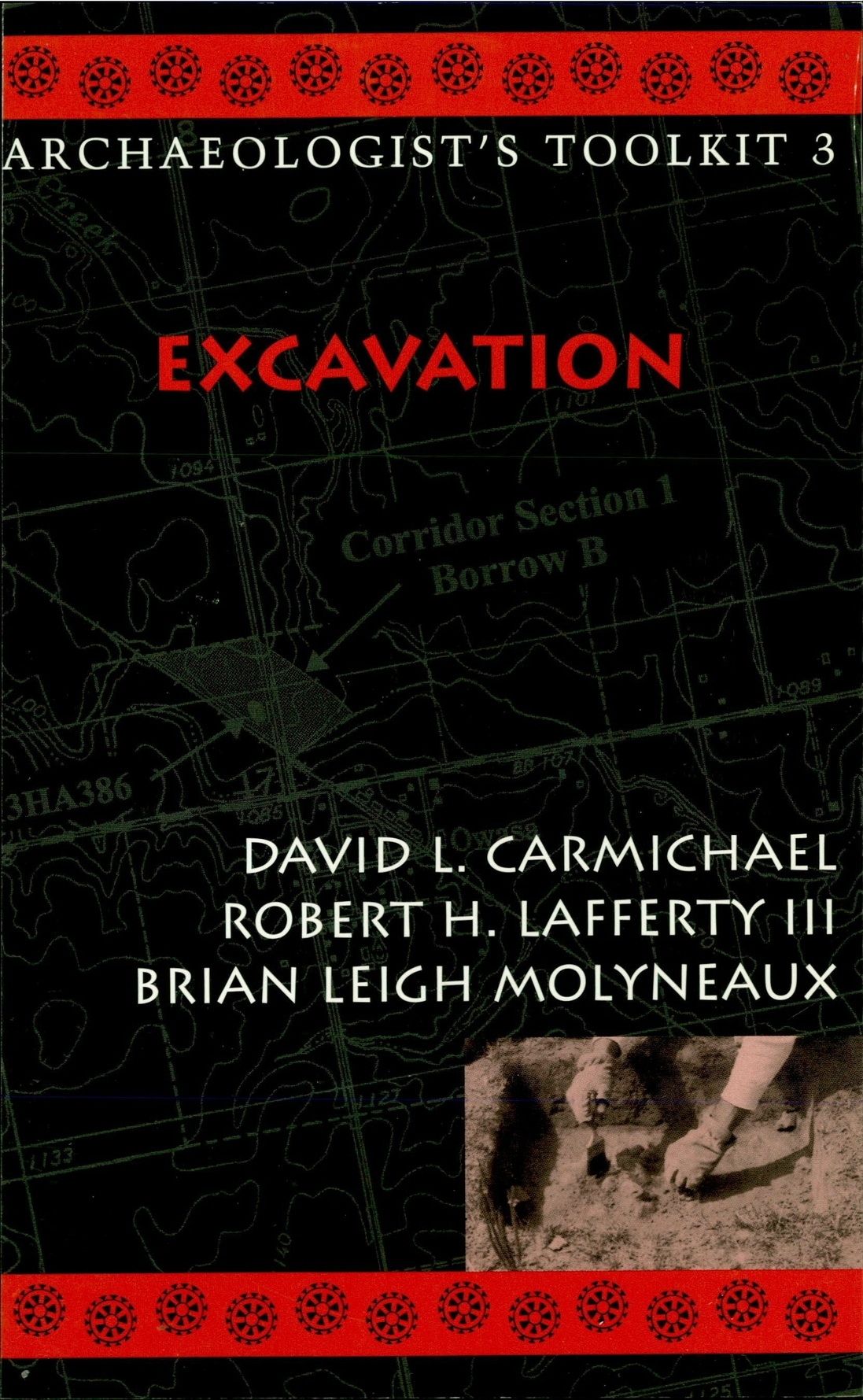
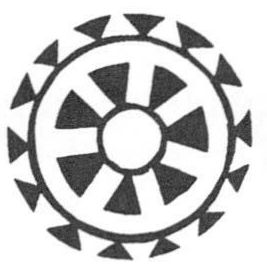
I would like to thank the colleagues and friends who have assisted me in the preparation of this volume. Researchers who have provided data and insights from their own projects include Steve Black, Peter Eidenbach, Lane Ellis, Mark Gutzman, Robert Hard, Gary Hebler, Rob Jackson, Lisa Meyer, Myles Miller, Yvonne Oakes, Gary Strobel, and Rick Wessel. Evelyn Chandler provided archival data on the archeological contracts at Eaker Air Force Base. We appreciate the patience and encouragement of the series editors, Larry Zimmerman and Bill Green. We would like to thank Scott Cutler of the El Paso Centennial Museum, Julie Hall of the U.S. Army Corps of Engineers, and Joan Oxendine of the U.S. Bureau of Land Management, California Desert District, for their assistance in securing permission to use illustrations previously published in contract reports.
I received my early training in excavation methods from J. B. Graham during three summers of salvage archaeology for the University of Tennessee. He taught me how to carry out precise and accurate excavations, to use state-of-the-art technology, and to be aggressive in using innovative field methods. Jon D. Muller showed me how to use archeological data to test hypotheses while I was a graduate assistant at the Southern Illinois University field school. I am indebted to both of them, as well as scores of fellow students, who after seven field seasons prepared me to direct excavations successfully. This volume would not have been possible without the editorial assistance of my wife, Kathleen M. Hess, who turned my parts of the manuscript into coherent English. R. W. Maringer produced some of the graphics, and Kelly Sturtevant-Murdick helped with the bibliography. I thank all of them and the hundreds of crew members who have worked on the projects I have directed.
I would like to acknowledge Dr. Romas Vastokas, Peterborough, Ontario, who not only presided over my first formal dig at the Trent University Field School but also let me work on weekends, because I couldnt get enough of it. And I would like to thank the many field crews I have worked with, for tolerating my relentlessly cheerful demeanor. I owe most to my family, from my mom and dad to my wife and children, for letting me spend so many summers in northern Canada, when I should have been home, digging the garden!
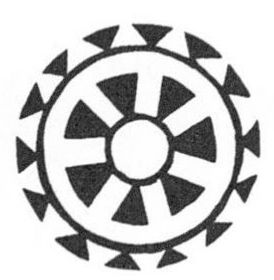
1 Marshalltown pointing trowel (4.5-inch)
2 3-meter tape measures graduated in millimeters
1 line level
2 pins (gutter spikes, ten- to twelve-inch spikes, or surveyor pins)
1 notebook
23 meters of nylon staging twine
1 compass
1 fifteen- to twenty-centimeter ruler
Leather work gloves
Pencils
T hese are the basic tools that everyone should have in his personal tool kit. Most are available at your local hardware store or camping goods store. Marshalltown trowels have good weldsother brands of trowels will last as little as minutes on a site. Dont waste your money on other brands. Sharpen the leading edges to razor-sharp. Metric measuring tapes are often not carried in American hardware stores. Some tapes that are labeled as metric (e.g., three-meter tape) do not necessarily have metric graduations. Check the actual tape before you buy it. Various kinds of pins, such as wire spikes, gutter spikes, and surveyors pins, are useful in pulling line levels to check the depth of excavation levels and drawing profiles. Get a fluid-filled compass. They are faster.
Short-handled hoe
Ingalls pick
Ice cream scoop
Stainless steel tablespoon
Bamboo Perino pick
Clipboard
Whisk broom
Paintbrushes
Hand pruning shears
A short handled hoe is useful to level floors and clean profiles. Old hoes that are worn to one- to two-inch blade heights work best and often have better steel. Sharpen the side of the blade that faces the handle. Ingalls picks are useful in cleaning foundations, masonry, and around rocks. Ice cream scoops and various-sized scoops are useful in feature excavations. The Perino pick made of a wall of a large (2.5- to 5-centimeter diameter) bamboo is useful in working around fragile specimens and bone. (It is named after its inventor, the veteran excavator Greg Perino.) Sharpen one end to about a one-centimeter-wide bevel edge and the other to a point. Whisk brooms and various-sized paintbrushes are useful for cleaning excavation units, bringing out contrasting soil textures and so forth. Hand pruning shears are necessary to cut roots in forested environments.
Here is a list of basic excavation equipment. This does not include the many expendable supplies, such as pencils, flagging, bags, and so forth, that are necessary. It also does not include equipment that might be required to excavate in caves, such as respirators, lighting, and hard hats, or in particularly deep units, like shoring.
Shovels
Picks/mattocks
Post hole digger
Coring equipment
Probes
Screens
Scoops
Dust pans
Hundred-meter tape measures
Plumb bob
Plane/drawing table
Field desk
Cameras
Mapping/surveying equipment
Munsell soil color charts
Hammers
First aid kit
Five- to ten-gallon water jug(s)
Dust masks in dry environments
OSHA manual
Scissors
Three-hole punch
Shovels come in a variety of shaped edges that are differentially useful in different situations. Flat shovels are most useful because we dig square holes, but other shapes are useful under different circumstances. Round-tipped shovels are good when one is excavating stones, and sharpshooters are indispensable when excavating clays. Shovels should be sharpened daily and cleaned and oiled after a project.
Picks/mattocks are important tools when working with rocky or very dry soils.
Post hole diggers are necessary to determine whether there are archeological deposits buried deeper than the intended excavation. Always keep a set handy.
Screens are very important and commercially available. Unfortunately, most that we have seen are based on the two-legged Roberts screen. They are hard to use and really hurt the back. Lafferty likes aluminum screens that are hung on a tubular aluminum A-frame. This arrangement is portable enough for testing projects.
Use forms to keep track of excavations data and to assure that the same type of information is recorded consistently. Forms may be created on your computer and copied. If you need thousands of copies, take them to a printer. Forms should be printed on acid-free paper. Excavation, feature, and burial forms should have green metric grid paper on the reverse. Forms generally include the following:
Field serial log or bag log
Photography log
Feature log
Excavation level form
Feature form
Burial form
Inside and outside bag tags
Expendable supplies are necessary to support excavations. It is important to get these before the fieldwork, and get them in sufficient quantities to do the job. Commonly required expendable supplies include the following:
Font size:
Interval:
Bookmark:
Similar books «Excavation»
Look at similar books to Excavation. We have selected literature similar in name and meaning in the hope of providing readers with more options to find new, interesting, not yet read works.
Discussion, reviews of the book Excavation and just readers' own opinions. Leave your comments, write what you think about the work, its meaning or the main characters. Specify what exactly you liked and what you didn't like, and why you think so.

